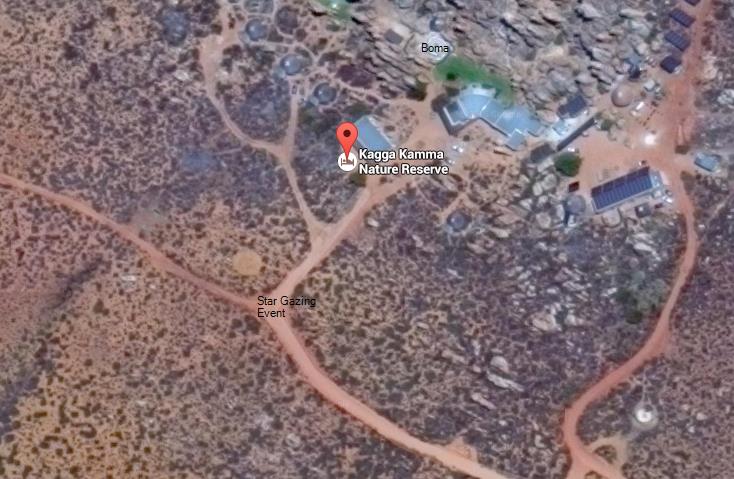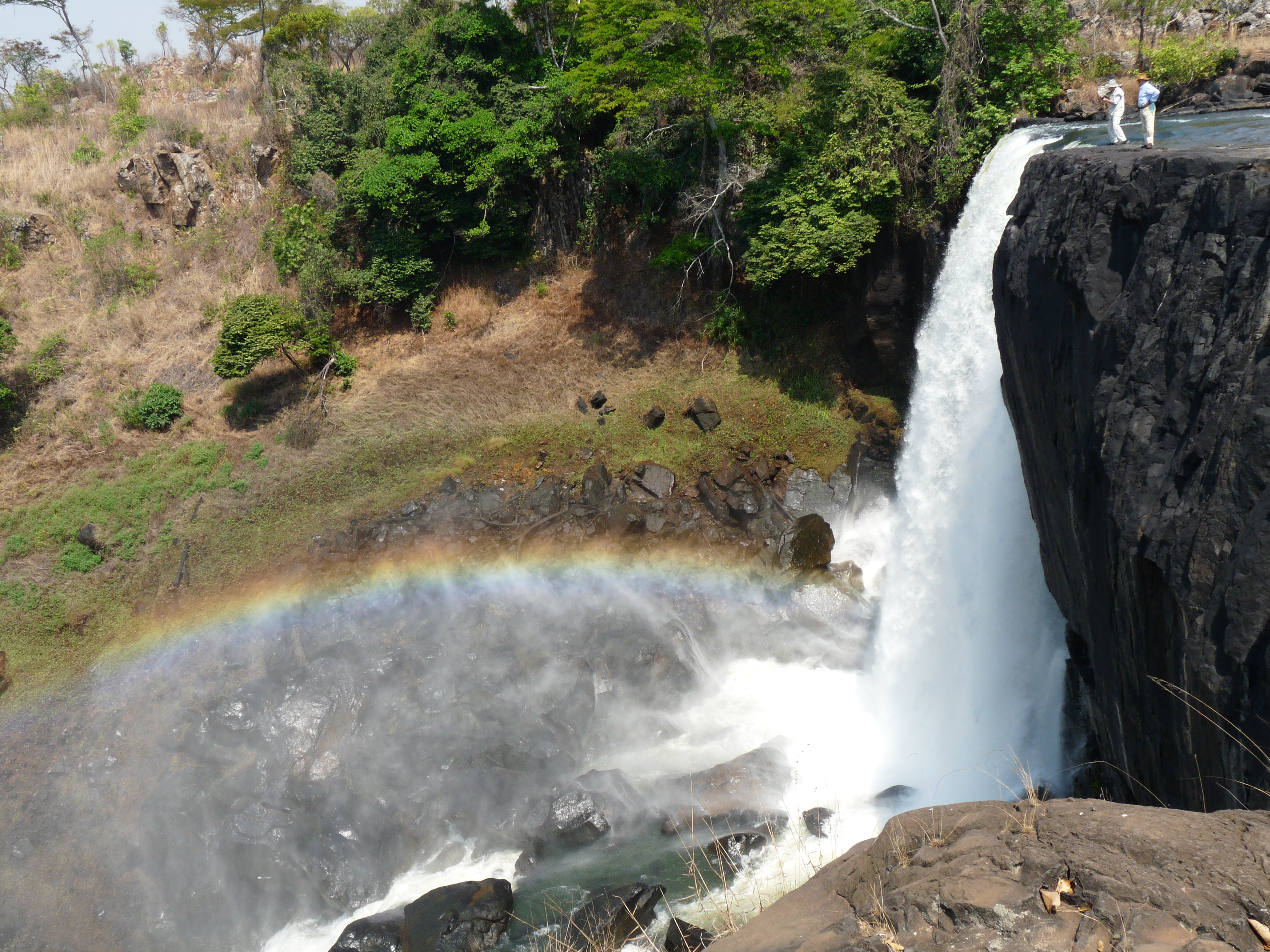Gehört zu: Reisen Südafrika
See also: Beobachtungsorte mit geringer Lichtverschmutzung, Golfreisen, Google Drive
Benutzt: Fotos von pCloud
Stand: 23.09.2021
My Stay in Kagga Kamma with Sun Set and Stargazing events
I arrived in Kagga Kamma on Feb 8th, 2016 and stayed there for two nights.
Planned for the first night (Feb 8th – New Moon) was a Stargazing Event, but that was cancelled by Kagga Kamma due to “heavy wind conditions”.
I managed to make some “pretty pictures” with my digital camera (Sony NEX 5R guided by a Nano Tracker) – See separate article on my fotos: https://picasaweb.google.com/104669836391658707391/KaggaKamma2016PrettyPictures?authuser=0&authkey=Gv1sRgCMnw3PLo4ZuQWg&feat=directlink&noredirect=1
The Stargazing Event in Kagga Kamma
Next day (Feb 9th) Kagga Kamma could perform the “Stargazing Event” later in the evening, after dinner in the Boma.
Abbildung 1: Kagga Kamma in Google Maps (pCloud: KaggaKammaStarGazing.jpg)

Kagga Kamma Star Gazing
Two young rangers did the event some 200 meters from the boma away in a darker place.
The two rangers had a good basic knowledge of astromomy and explained (with laser pointers) how to find the Southern Cross via the “pointer stars” (alpha & beta centauri) and how to determine the celestial south pole and the south point from there.
The first object the two rangers showed in the telescope (Celestron Nexstar 8SE – 203/2032mm ) was Jupiter.
This was very impressive, Jupiter as a disk with cloud stripes and three moons were nicely visible.
From the audience came a question on the magnification of the telescope – the two rangers could not answer that question.
On repeated questions on the magnification and what eypepiece is used, the rangers could find out that the eyepiece was f=5mm.
Magnification can easily be calculated as 2032 / 5 = 406 which is nice for Jupiter, but much too large for other nice Deep Sky Objects (DSOs).
This very large magnification was also the reason for wind problems, as little blows from the wind did cause large shaking in the visible flield of the telescope – when using an eypiece like this (5mm). The wind problem should be much lesser with eyppieces of f=15mm or more…
The second object the two rangers showed in the telescope was Beta Centauri – very interesting: you could really see a single star in the telescope…. could Alpha Centauri as a double star be a better object to show….?
The third object the two rangers offered to see in the telescope was Rigel (Beta Orionis) – again we could see a star in the telescope….
The fourth object the two rangers offered to see in the telescope was Betageuze (Alpha Orionis) – once again one could see a single star in the telescope (eyepiece still 5mm)…
The rangers explained how the constellations Orion and Scorpio are related, but they made no attempt to position the telescope to the famous Orion Nebula (M42).
After that, the two young rangers declared the end of the stargazing event.
After protests from the audience, the rangers made an add-on: they postioned the telescope (as always easily via the GOTO function) onto the Plejades (Six Sisters).
And indeed we now could see a small fraction of the Plejades through the telescope with the 5mm eyepiece – no full, picture of the open star cluster, that would have required a different eyepiece (15mm, 20mm,…).
I personallay asked the two rangers to direct the telescope (via the easy GOTO function) to more interessting objects.
The Kagga Kamma rangers had no idea what “a more interesting object” could be.
I suggested “47 Tuc” (one of the largest and brightest globular star custers in the southern hemisphere) – the Kagga Kamma rangers had no idea, how to find this spectacular object.
Bottom line
- No double star system was shown
- No deep sky object was shown
- Rangers had no idea how to cleverly deal with magnification factors (eyepieces)
Recommendations for improvement
- Show double star systems, e.g.
- Show prominent deep sky objects e.g.
- Equipment
- Use different eyepieces (magnifications) for different object types
- Use an astro-red flashlight or headlamp instead of illuminating the tripod legs with the green laser pointer (which is excellent for pointing at objects in the sky)
Search Engines please index this
Kagga Kamma is a nice place for stargazing in South Africa. The sky is so very much dark in that location. The rangers have a beautiful telescope, a Celestron Nexstar 8SE, but are not really able to show interesting objects in the darkness of the sky in Kagga Kamma which is wonderfull for stargazing in South Africa. Instead the rangers show boring objects i.e. a single star like Betageuze, Rigel or Beta Centauri. The dark sky is a great precondition in Kagga Kamma for overwhelming stargazing, but the rangers do not leverage this great opportunity to show amazing celestial objects like e.g. globular custers with the Celestron Nexstar 8SE for stargazing in the southern skies. As a bottom line my visist to Kagga Kamma was disappointing.


